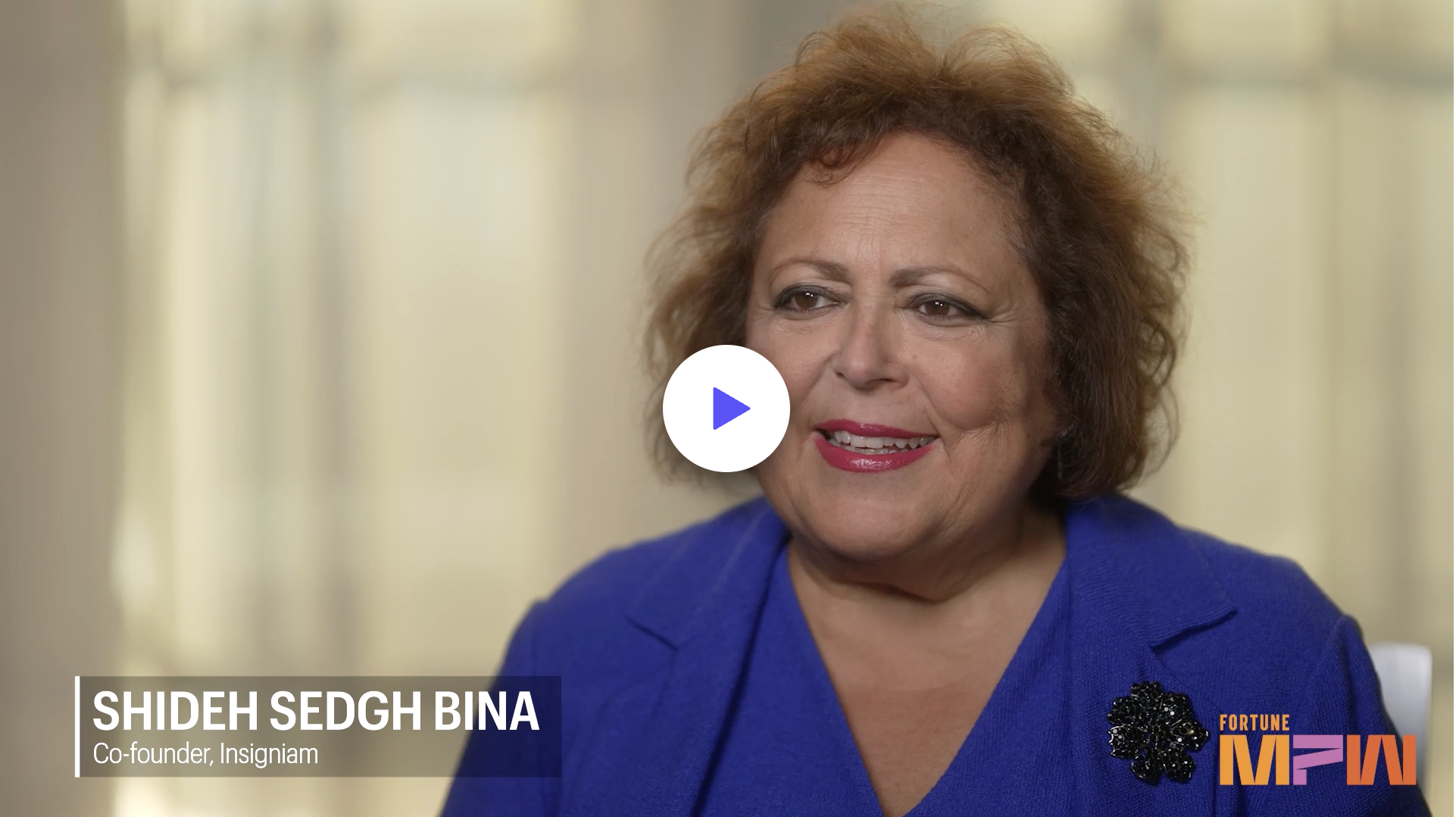Reinventing The Patient Experience
Taking cues from the hospitality industry, leading healthcare organizations around the globe have been rethinking the experience they provide to patients.
The Beryl Institute, a global community of practice and thought leaders, supports the notion that improving the patient experience has financial implications that reach far beyond reimbursement dollars, performance pay, and compensation tied to outcomes. In a recently published white paper, “The State of Patient Experience in American Hospitals 2013: Positive Trends and Opportunities for the Future,” the Institute cites a 2008 J.D. Power study that revealed that hospitals scoring in the top quartile in satisfaction had more than two times the margin of those at the bottom. Another sobering fact is that a satisfied patient tells three other people about the positive experience while a dissatisfied patient tells up to 25 people about a less-than- satisfactory experience. Models suggest that (Tweet this!): for every complaint the healthcare organization hears, it could lose up to 18 patients, a clear threat to the bottom line.
“The patient experience is a top priority for the Cleveland Clinic; it’s our North Star,” says James Merlino, M.D., chief experience officer. “We’ve worked diligently to create a strategy and supporting processes to help us fulfill the patient-first philosophy. We align our people around the patient service culture and that shapes how we manage patient expectations.”
Merlino says Delos Cosgrove, M.D., Cleveland Clinic’s president and CEO, set the expectations from the outset for providing a world-class experience based on personal encounters he and his family had with the healthcare system. “He realized that the entire experience is very important to the patient and he was determined to put patients first in our organization.”
The patient experience thread is woven into every aspect of the Cleveland Clinic’s culture. Merlino calls this managing the 360.“What patients think about us, how they get access to us, their first impression — everything comprises their experience with us,” he says.
Patient-centric care has turned healthcare on its head, causing physicians, hospitals, and health systems to rethink how they are treating their “customers” and the long term implications.
Jason Wolf, Ph.D., president of The Beryl Institute, has seen the evolution of the patient experience. He says the patient experience journey begins with the integration of quality, safety, and service.
“The patient and family don’t delineate between these three imperatives,” Wolf says. “They need to be aligned around components of healthcare delivery. That’s why we define the patient experience as the sum of all interactions, shaped by an organization’s culture that influences patient perceptions across the continuum of care.”
The Institute’s members have tackled the patient experience from a variety of angles, focusing on specific opportunities to improve the environment, care processes, communication, and other aspects of the experience. One hospital in Ohio reduced the noise level on patient units. Another addressed parking hassles. A hospital in North Carolina implemented bedside barcoding to make care delivery more efficient and accurate. Another hospital in Minnesota focused on improving physician and patient communications while a healthcare organization in Florida created a blog from the CEO to connect with staff, physicians, and the community. The list is endless and demonstrates a nationwide commitment by healthcare organizations to put patients first. Hospitals’ intentional efforts to improve the patient experience are based on careful analysis of their patient satisfaction data and their Hospital Consumer Assessment of Healthcare Providers and Systems (HCAHPS) survey scores.
Press Ganey, a leader in capturing patient satisfaction and perception, establishes a link between profitability and satisfaction in its 2012 white paper “Return on Investment: Increasing Profitability by Improving Patient Satisfaction.” A key finding cites a study of 82 hospitals where a 1 percent standard deviation change in the quality score resulted in a 2 percent increase in operating margin. Another study of 51 hospitals found that approximately 30 percent of variance in hospital profitability can be attributed to patient perceptions of the quality of care. Finally, another study estimated that the financial implications of moving all patients with average Press Ganey ratings between three and four to between four and five was $2.3 million in additional annual revenue.
The white paper highlights hospital respondents’ top patient experience priorities. The list is comprised of mostly tactical topics including reducing noise, improving pain management, enhancing the discharge process, improving communication among all stakeholders (patients, staff, and physicians), concentrating on cleanliness, committing to hourly rounding, and more.
Merlino and Wolf agree that the investments healthcare organizations make in improving the patient experience will be repaid in the new environment of population health management, where coordination, communication, and collaboration are rewarded.
“Every encounter makes a difference across the continuum of care,” explains Wolf. “All care delivery models are based on one fundamental idea, the need to take care of patients throughout their journey in the healthcare system. Creating a truly great experience means concentrating on every aspect of the experience. This includes hand-offs, communication between staff, patients, and their families to technology, design and functionality of space, and transitions from one care setting to another.”
Recognizing the importance of patient and family involvement in improvement efforts, the Cleveland Clinic formed family councils that channel valuable feedback to the organization. The Digestive Disease Institute is a perfect example. Leaders were puzzled over low patient scores on cleanliness. The council pointed to the bathrooms — an important component of the patient experience in this area — as the culprit. Poor organization and insufficient lighting contributed to the perception that the bathrooms were dirty. Shelves were added and lighting was improved. The result? Patient satisfaction scores improved significantly.
Merlino relies on a number of sources to measure success, including HCAHPS, which reflect the voice of patient experience. Others include councils, focus groups with former and current patients, and other anecdotal feedback.
“The entire management group reads letters and shares patient stories with our staff at every opportunity,” says Merlino.“We pay close attention to anecdotal comments, both compliments and complaints, and distribute them throughout the organization.”
The patient experience isn’t just an American phenomenon, as evidenced by the work that the Cleveland Clinic and The Beryl Institute are doing with international partners. Wolf says the Institute has strong collaborative relationships with the United Kingdom, South Africa, Australia, and India.
He points to the Cleveland Clinic’s co-sponsorship of a leadership conference in Turkey for ministers of health in emerging markets and its work with the United Arab Emirates, as well as Dr. Cosgrove’s membership on the advisory committee for the health minister of Saudi Arabia, and a future presentation on empathy to healthcare leaders in the Netherlands.
As the patient experience movement gains momentum, experts like Merlino will shape the profession. Wolf says The Beryl Institute sees the C-suite of the future including a new member — chief experience officer. Anthony Cirillo, president of Fast Forward, a patient experience and marketing firm, agrees. With the growing importance of the HCAHPS results, having a senior executive at the table concentrating specifically on the patient experience makes sense. The chief experience officer plays a critical role in operationalizing the concept of the patient experience throughout the organization by being the champion for employees and medical staff and providing resources to help identify and realize improvement opportunities. The Institute is developing a certification program and has introduced a patient experience peer-reviewed journal to support this effort.
“At the end of the day, no one organization holds the rights to the patient experience — we all have to share and learn from each other,” says Merlino. “After all, it’s the right thing to do.”
CRITICAL SUCCESS FACTOR
Reinvent patient experience: Work with patients to re-engineer core patient processes to leverage technologies and drive dramatically better patient engagement and experience. There is a major distinction between understanding the role of the patient in healthcare and actually working with the patient to redesign patient care.



